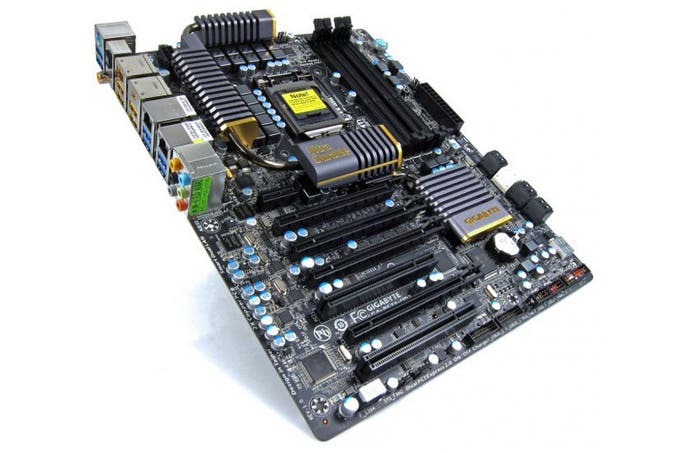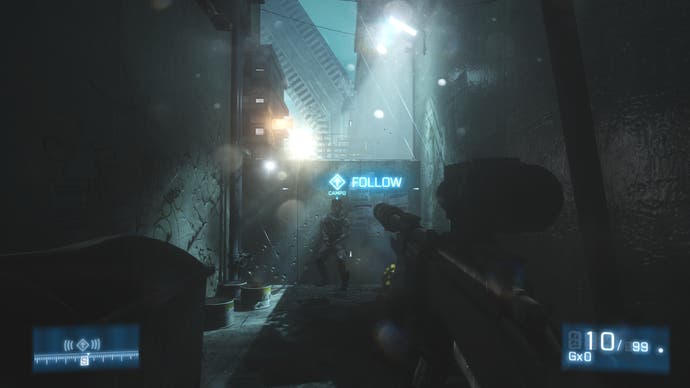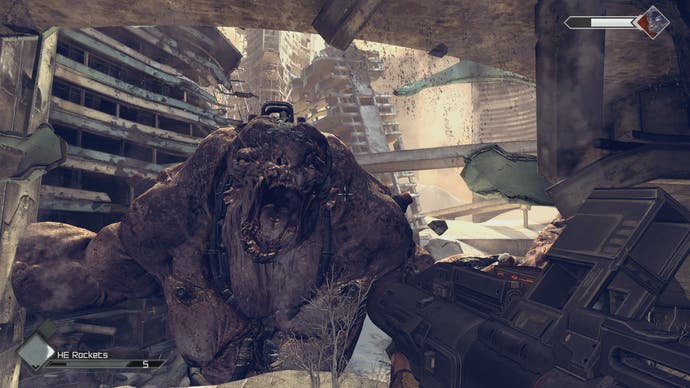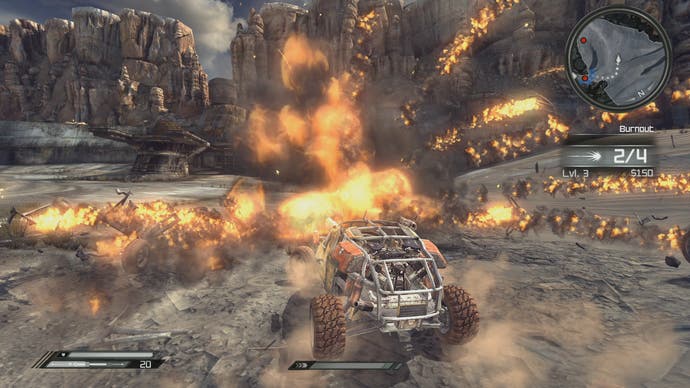Preparing your PC for Battlefield 3
Give it a Digital Foundry tune-up.
The Semi Rebuild
The beauty of PC ownership is that all components adhere to set standards which are only infrequently updated. If you have the skills to rebuild a PC, you can swap in a new motherboard and CPU and perhaps reuse the existing graphics card, case, hard drives, optical drives and RAM you already have. For example, in theory you could take an existing low-end AMD system using DDR3 RAM and swap it out for a brand new Intel socket 1155 board with a Sandy Bridge i5 quad core, and sell on the old parts.
The major generational leaps in PC technology all seem to come down to the CPU architecture. There are a few general rules of thumb here: Intel provides the best-performing CPUs, but updates its architecture more frequently than AMD, whereas an AMD motherboard can last for many years.
In an ideal world you'd want to jump on to the latest architecture to get the highest level of longevity. For Intel that's socket 1155 for the current "entry level" Sandy Bridge CPUs, with the "performance" socket 2011 coming next month offering an upgrade path to six and eight core CPUs. AMD currently use the AM3 socket, but its new eight-core CPUs will use a new AM3+ interface. However, it's strongly rumoured that the new "Bulldozer" chips will work "unofficially" on a range of existing, standard AM3 boards.
We can't really recommend any specific motherboards, though ASUS and Gigabyte get plenty of plaudits for their price and performance mix. Ideally you'd be looking at the boards on their own merits in terms of sockets for expansion cards, hard drives etc. The more expensive boards are targeted at enthusiast "overclockers" - something we'll leave to the more hardcore sites to cover in more depth.
A good barometer for choosing components in general is to check out the reviews at US computer parts store Newegg - where people who've actually bought the parts can provide hands-on comments.


Buying Brand New
Now let's assume that the upgrade paths available for your current PC are limited, or the concept of any kind of PC rebuild is too daunting and you want a completely brand new computer. The good news here is that PCs using the latest Intel Sandy Bridge architecture are surprisingly cheap.
If time is not a pressing matter, check bargain forums like UK Hot Deals - every couple of months Dell seems to offer full quad-core i5 and i7 systems at around the £400 mark, sometimes even with a monitor. Chances are you'll need to upgrade the graphics card, but bearing in mind that this is a full system with everything supplied, including warranty, it can represent phenomenal value. Individual parts like graphics cards and PSUs can also appear on forums like this, often at substantially discounted prices.
The alternative is to go with an independent system integrator. The advantages here include keen prices, well thought-out specs and the ability to speak direct to the personnel constructing your system, adjusting parts to your exact needs if you desire, and usually offering very keen prices. That said, similar to what we said about "semi rebuilds", the same point about when to buy a new PC does have a bearing on its longevity, though it's difficult to imagine any games for a long while stressing a Sandy Bridge quad.




How Long Until I Need to Upgrade Again?
The big question. Generally speaking, it's graphics card technology that evolves most rapidly and offers the most noticeable impact on the gaming experience. Right now there's a price vs. performance sweetspot that should get you something like a NVIDIA GTX560ti or a Radeon HD 6870 that with some settings tweaks within Battlefield 3 should provide an excellent experience way in advance of what you would expect from an Xbox 360 or PlayStation 3.
CPU architecture jumps significantly in performance every couple of years, but it's interesting to note that Battlefield 3 performs well on the vast majority of quad-core CPUs, regardless of age. A 2.83GHz Intel Q9550 is three years old but still offers decent performance, and we would imagine that a Q6600 hailing from 2007 works pretty well too - even at stock speeds (and even a novice could overclock one of those). What this means is that even if you have an older PC that hails from 2006 - the year PS3 launched - there's a good chance it can still be upgraded into a sterling performer in the here and now.
While it's difficult to imagine game developers maxing out an eight-core AMD Bulldozer or a quad-core Sandy Bridge, longevity of CPU architecture will almost certainly come down to Microsoft and Sony's plans for the next-gen consoles. The many-core approach found in the current-gen consoles has driven the jump to quad-core being the preferred platform, and depending on how the console manufacturers choose to approach their new hardware, their decisions will almost certain dictate the way things are heading on PC. Certainly, for the next two to three years at least, a well-chosen Intel quad or AMD hex/octo core CPU should serve you well.
















